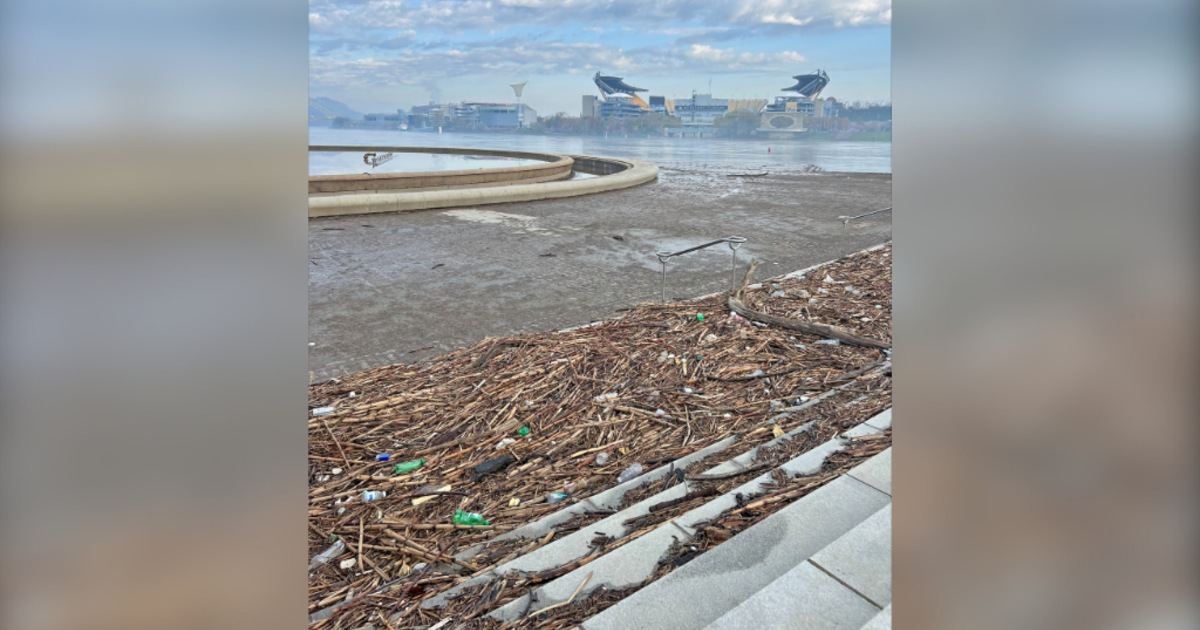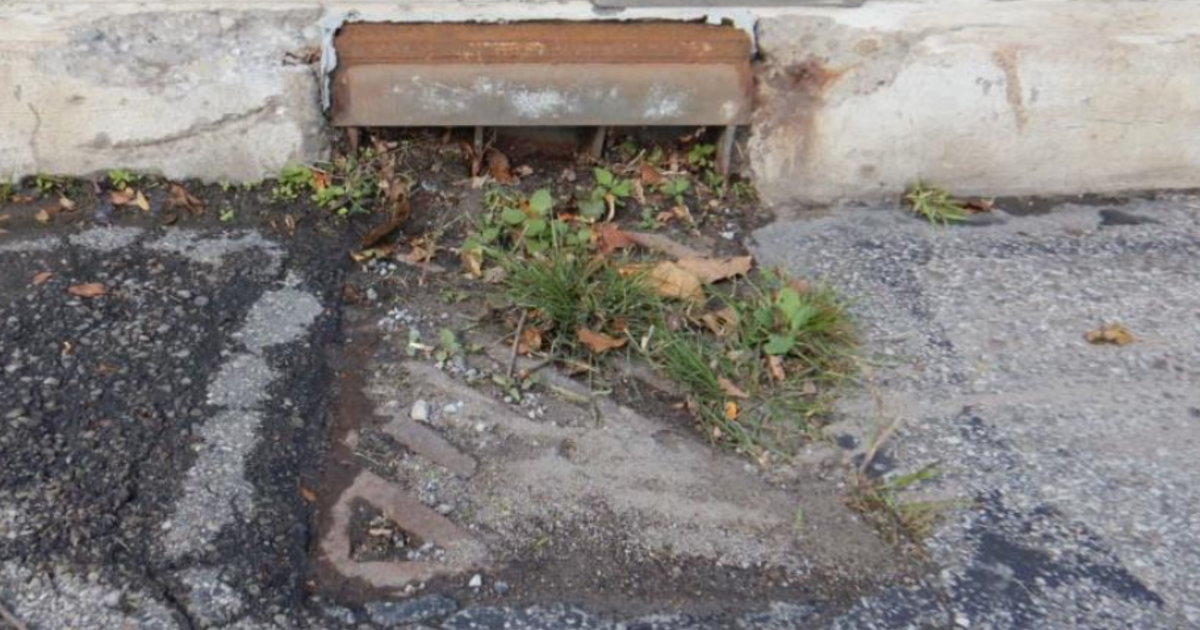Amid Criticisms And $1.1 Million Price Tag, Pittsburgh Officials Believe ShotSpotter Is Saving Lives
PITTSBURGH (KDKA) -- The city of Pittsburgh believes gunshot detection technology called ShotSpotter is saving lives, but is it worth the cost?
"My initial thought when ShotSpotter first came to the area was that it could be an asset for the issues in the community that are firearms-related", said George Spencer, president of the local chapter of MAD Dads.
The city pays $1,183,289 a year for ShotSpotter's gunshot detection system. Pittsburgh is one of at least 119 cities nationwide paying to have this technology pinpoint where triggers are pulled.
"We have had an increase of shots being fired in the city of Pittsburgh. Whether there's a victim or not, the shots fired calls are up considerably," Pittsburgh Public Safety Director Wendell Hissrich said.
Over the span of two years, ShotSpotter alerts alone led police and paramedics straight to 13 shooting victims. Hissrich said in many cases, it's truly the difference between life and death.
"You look at other communities and they find dead individuals long after someone calls in 911 with gunfire. And here, with being able to focus on a location, those officers are able to go in and look at a specific location," Hissrich said.
For all 13 of those shootings, the city said no one called 911. Rather, it was ShotSpotter that alerted officers both over their police radio and on their phones.
Pittsburgh Public Safety Technology Manager Daniel Shak says, "When the acoustic sensors hear a loud pop, bang or sound that resembles gunfire, it goes through a sophisticated machine algorithm, processing if it is gunfire."
It detects the number of rounds, the location and even lets first responders hear the sound of the gunshot.
"Twenty-first century policing is technology, it is ShotSpotter, it is cameras, it is applications such as this that allow you to put them all together to build prosecutable crimes," Shak said.
In 2019, police received five alerts that lead them to shooting victims. In 2020, that number grew from five to eight. Of all ShotSpotter notifications in 2020, the city says, a total of 31 percent did not have an accompanying 911 call.
"Officers these days are equipped with tourniquets. They're equipped with quick clots. They're equipped with quick seal. So they're able to get to some of these scenes, they're able to render aid, and they're able to save a life when there was never a 911 call that came in," Shak said.
However, there are false alarms.
"We have had some incidents where we had an individual putting a roof on and using a nail gun, and that of course is similar to gunfire. We had a couple of car backfires. But it's better than not responding and having an individual die. So we will take the false alarms," Hissrich said.
Another criticism is the strategic locations of the sensors. Some believe cities use them to target neighborhoods made up primarily of minorities.
"The location of the ShotSpotter was not based upon communities or neighborhoods. It was all data-driven. We pulled the data, we pulled the shots fired incidents, we pulled the non-fatal shootings, we pulled the homicides and that's where the technology was deployed to," Shak said.
The ShotSpotter technology first covered just three square miles in the city. But now it's expanded to 18 square miles across Pittsburgh.
The city will invest another nearly $5 million in this technology before the contract expires in 2025. It'll be up to whoever is in charge then to decide if the city is getting a decent enough return on its investment to renew it and keep the ShotSpotter system in place.




